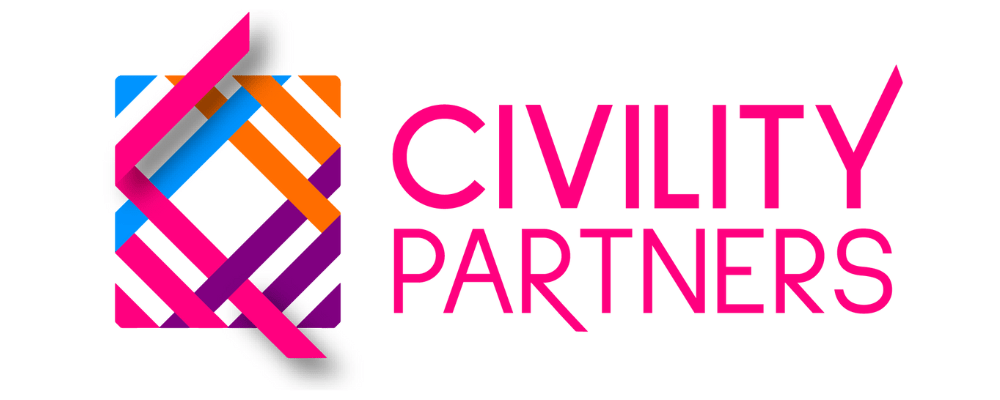Hiring the right person is essential, but a drawn-out hiring process can harm your organization more than you might realize. Missed opportunities, decreased productivity, and losing top candidates to competitors are just a few of the costly consequences. While being thorough in interviews is important, taking too long can be a major setback.
If your organization is finding it difficult to fill positions or keeps losing great candidates to other companies, it’s time to reassess and streamline your hiring process.
Here are the main reasons your hiring process is too lengthy and ways to fix it:
1. Hiring Managers are Not Properly Trained
Your hiring process might be dragging on because your managers are not properly trained. They may not know how to conduct interviews that effectively reflect your employer brand and company culture.
What should they say when a candidate asks them to describe the culture? How do they respond to questions about how often feedback is provided to the team? Are they harming your brand – or feeling like they’re being dishonest – by telling candidates how great it is to work there when in fact the culture isn’t so great?
To fix this, invest in comprehensive training for your hiring managers. Equip them with the skills to interview effectively, communicate your brand, and ensure a smooth, engaging process for candidates.
2. Lack of Clear Job Descriptions
Vague or overly broad job descriptions can lead to an influx of unqualified applicants, making it difficult to identify the right candidates. They can also deter top candidates from applying. This results in a longer screening and interview process.
Take the time to reflect on the competencies required for an individual to be successful in the role. Then create clear, concise, and detailed job descriptions that accurately reflect the responsibilities, requirements, and expectations for the role. And, update them regularly.
On a somewhat related note – your list of qualifications should not be as long as this blog post!
3. Poor Communication
Maintain regular and transparent communication with candidates by keeping them informed about their application status, next steps, and timelines. And if they don’t get the job, tell them so. Ghosting candidates because they weren’t chosen means they won’t apply again, or may tell others not to apply either.
We’re certain you want your top choice candidates to be communicative with you, and all of your candidates from not so great to awesome want and deserve the same respect. A positive candidate experience enhances your employer brand and increases the likelihood of securing top talent.
By identifying and addressing these common issues that contribute to delays, you’ll create a more efficient, candidate-friendly hiring process. Streamlining your hiring process not only helps attract top talent but also sets the tone for a positive and professional workplace environment.
For more insights on building a positive workplace and addressing issues in your workplace culture, stay connected with our newsletter and resources!
PS: Catherine updated her LinkedIn Learning course, Preventing Harassment in the Workplace and you can access it here for free! If you missed yesterday’s Catherine’s Corner, watch it to learn about the new features of this course and what sets it apart from the previous version.
The post 3 Reasons Your Hiring Process is Too Lengthy and How to Fix it appeared first on Civility Partners.
“We are committed to helping your organization meet its goals by partnering with you to develop and deliver systemic solutions to negative workplace behaviors. We will partner with you to build a positive and healthy work environment so your employees can thrive.
We don’t focus on the corrective actions involving eradication of problems and negativity, we focus on finding solutions that create a safe and civil workplace – and there’s a difference. Focusing on solutions creates preventative and sustainable change.
Negative and aggressive workplace behaviors are systemic. In order to effectively remove them, holistic and system-wide solutions that are tailored to your organization and focused on prevention, not correction, are required.”
Please visit the firm link to site



